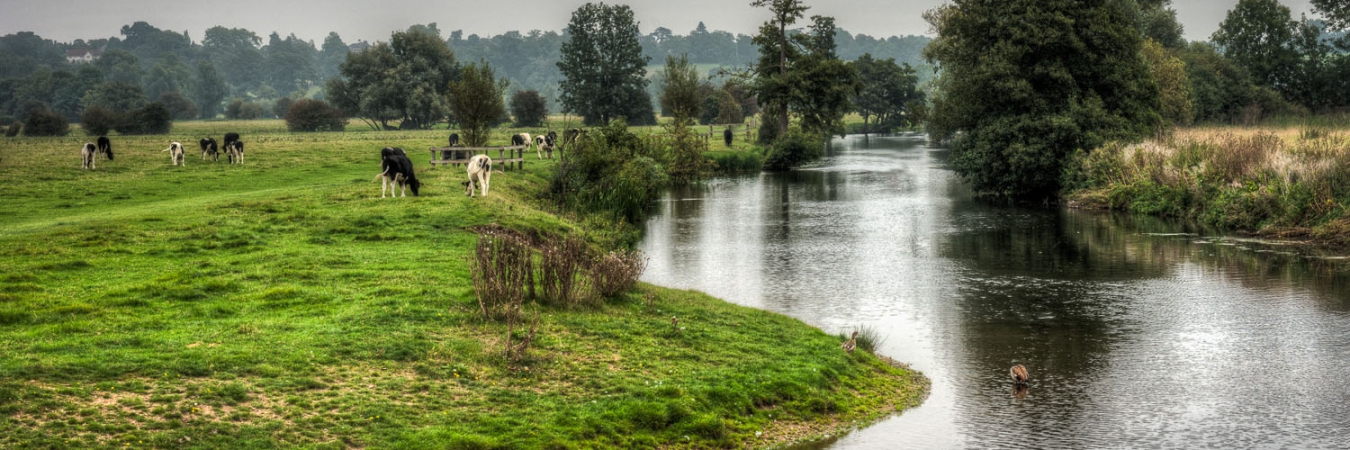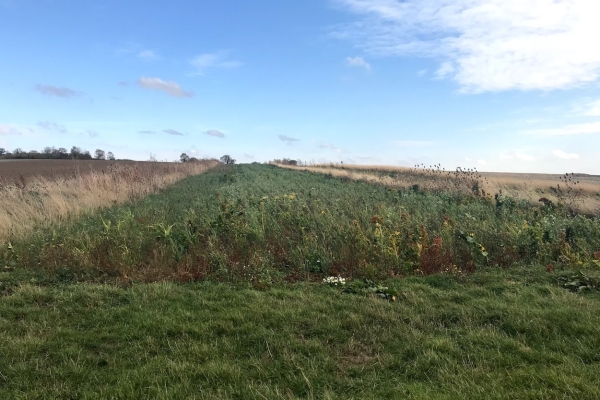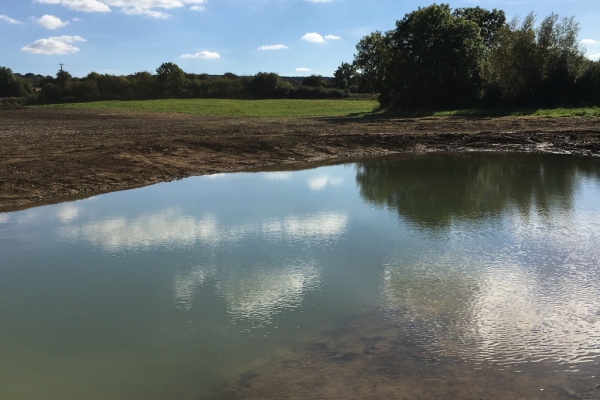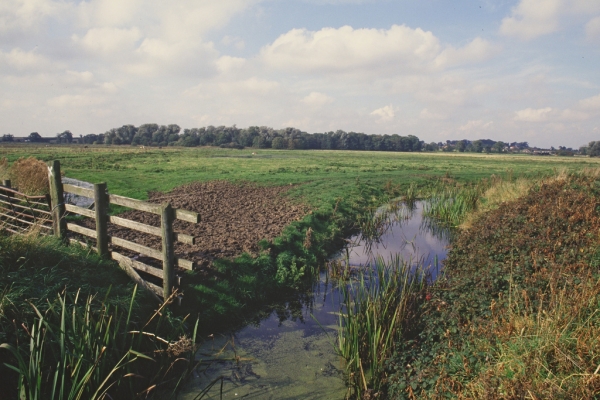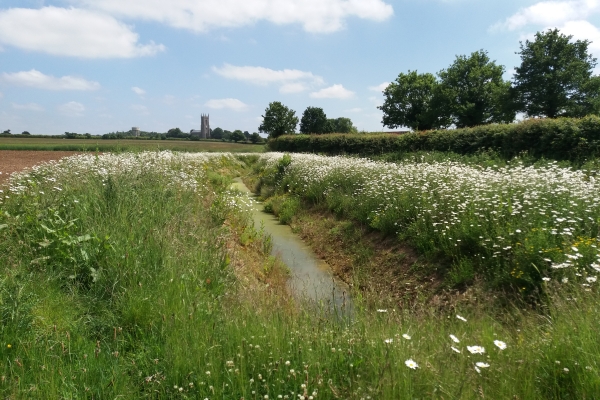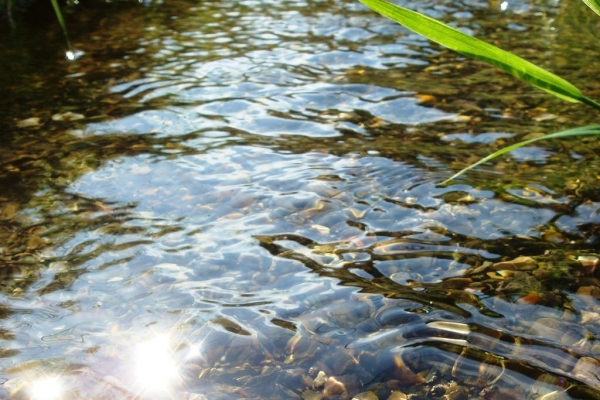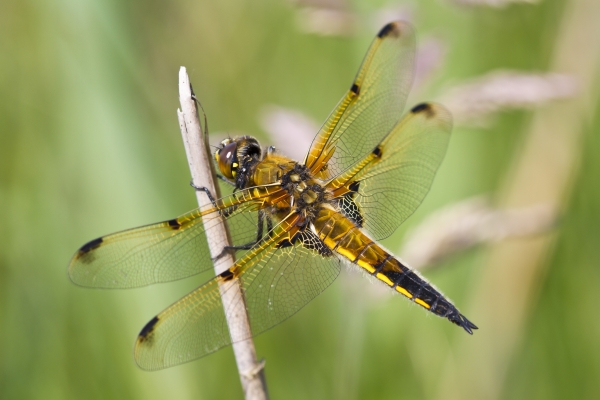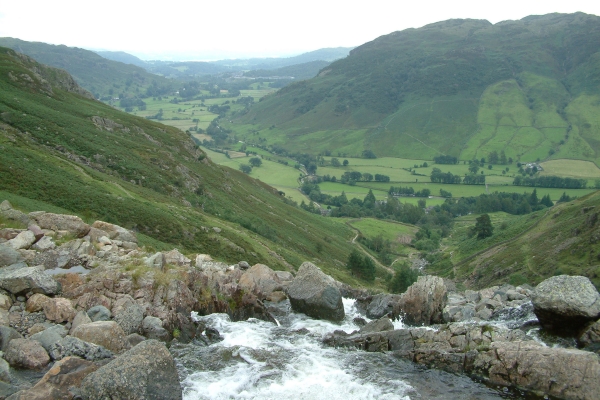A Community Guide to Your Water Environment
Resource explained
Water is a vital resource on which we all depend, but can also be destructive and damaging to our lives and economy. The aim of this guide is to show how communities and farmers can work together to build resilience to extreme weather events, and how, if well facilitated, integration of existing government programs and budgets could enable cost savings, improve environmental quality and underpin sustainable growth. The guide gives step by step instructions on how communities, councils and environmental organisations can work together with local landowners and farmers to protect their water environment. It covers relevant legislation, funding sources and data sources. Finally, it gives four case studies of projects where an integrated approach to water management is producing multiple benefits to the local population, ecosystems and economy.
Findings & recommendations
- As the demands we place on our landscape grow, we are seeing increasing incidents of flooding, water pollution and aquatic habitat degradation. With this comes high clean-up costs, which fall on councils, insurers, businesses and local populations.
- The guide presents a proven approach to addressing water related problems in an integrated manner that benefits farmers, local communities and the wider public. It outlines how a local approach to environmental management can break down the complexity and overlap that so often hampers the process. And it illustrates how, by taking this approach, our efforts to protect our waterways can serve a wide array of other benefits as well; from building soil fertility and producing sustainable food through to rebuilding the connection between communities and a landscape buzzing with life. In this way, we can underpin the growth of the economy and population with a sustainable model that is inclusive and accessible to all.
- The guide is designed as a project template for communities linked along waterbodies, enabling each community to protect its piece of a wider geographical jigsaw. For further information or support, contact Jenny Phelps: Jenny.phelps@fwagsw.org.uk 07876687272
(Header image: Healthy farmed environments are key to protecting our water quality and reducing flood risk. Photo credit: Mark Seton The Farming and Wildlife Advisory Group South West)
